Federal Maritime Commission Issues New Guidance on Detention & Demurrage

Commission Issues New Guidance on Detention & Demurrage Posted April 28, 2020 The Federal Maritime…
Gemini Shippers GroupApril 28, 2020


